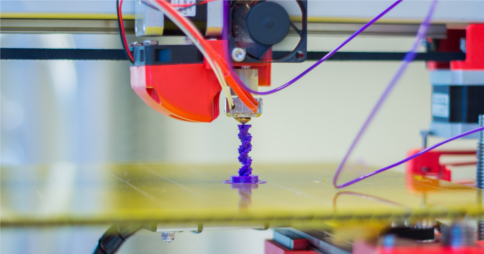
Increasingly affordable devices can ‘print’ three dimensional objects with computer-based 3D ‘maps’ of everything from chemical compounds, microorganisms, topographical maps, to bodily organs and machine parts.
Software developers in Japan at the Geospatial Information Authority are developing the technology to create low-cost, topographical maps to enable people with visual impairments to move around more freely. Users download a file online, and use a 3D printer to produce a tactile of an online map to feel the topographical details with their fingertips. The differences in texture differences on the map will help people identify hills, uneven surfaces, and even infrastructure such as railway lines, footpaths, and roadways.
While it’s been particularly touted for improving learning around science, technology, engineering and maths (STEM topics), 3D printing is particularly promising in its potential to increase access to education for students with vision impairment.
From a practical standpoint students are able to interact with tactile information and glean information and undersatnding to apply directly in their studies. 3D printing affords students access and also gives context to the information that is discussed in class, allowing greater participation and engagement of students in the learning process. It also engages kinaesthetic learners and visual learners and creates engaging classroom learning opportunities for all.
For those interested, online courses are available to learn about 3D printing, such as the Up and Running with 3D Printing (with captions); however membership and fees are required to access this particular course. Also the ‘Maker Bot Thingiverse’ online community encourages users to make share and discover, with the community having uploaded over 100,000 3D models.
Top of page

